Chumphon – Of Coffee Plantations, Lonesome Islands and Mangroves
After the ITB – the International Tourism Exchange in Berlin – I got an invitation from the Tourism Authority of Thailand and Thai Airways to two regions of Thailand that I had never heard of before: to Chumphon and Ranong. I have already written a post on Ranong. Therefore this article is about beautiful Chumphon. A small warning first of all: If you suffer from wanderlust, this post could lead you to book a flight to Bangkok with onward ticket to Chumphon.
Chumphon – A Province in the South of Thailand
Chumphon is a southern province of Thailand on the Gulf of Thailand. The neighbouring provinces are Prachuap Khiri Khan, Surat Thani and Ranong.
Chumphon, like Ranong, lies on the Isthmus of Kra, the narrow land bridge that connects the Malay Peninsula with the Thai mainland. To the west are the hills of the Phuket Mountains and its northern continuation, the Tenasserim Mountains. In the east, the coastal plain lies on the Gulf of Thailand. The main river is the Lang Suan River, which originates in the Phato District. With 222 kilometers of coastline and 44 islands, the Chumphon Archipelago, Chumphon has rushing waterfalls, secluded beaches, lush forests, impressive mangroves and numerous rivers.
The province is best known for its coffee plantations, which produce 60 percent of Thai coffee.
Chumphon – How to Get There
Normally, the journey to Chumphon takes you to Bangkok first. Bangkok is a major hub in South East Asia. From there, there are three ways to travel to Chumphon:
- By plane: Chumphon has its own airport. Thai AirAsia and Nok Air fly to the provincial capital’s airport CJN and connect Bangkok Don Mueang (DMK) with the city of spas. From Souvarnabhumi, there are flights with Thai Smile.
- By bus: Chumphon has a bus station from where you can reach Bangkok in ten hours. Tickets are available from 400 Baht (about 12 Euro).
By train: If you went to the islands in the Gulf of Thailand before, you might have taken the night train to get there. Chumphon is one of the stops on the way south to Surat Thani. Personally, I’m a huge fan of night trains in Thailand and would always recommend choosing this option. It’s cheap yet comfortable.
Chumphon – The Coffee Region of Thailand
The Ban Panwal valley in the Tha Sae district is famous for its Robusta coffee plantations. More than 24 million tons of coffee are produced there every year. The Chumphon province contributes 60 percent of Thailand’s total coffee production. We visited a Robusta coffee plantation and were able to see for ourselves how the production takes place. It takes over a year from harvesting to several drying processes – with a dryer, in a greenhouse, and under the sun – to the packaging.
But what exactly is robusta coffee?
Robusta Coffee
Robusta coffee comes from the Coffea canephora plant, one of over 100 coffee plant species. After Arabica, it has become the second most popular variety in the world and it is the bean that is usually used to make the famous Italian espresso. The name says it all. The plant is much more robust than the Coffea arabica and can withstand high temperatures, for example. The reason for this is the deeper roots, which still find enough water in their depths to thrive happily even at an outside temperature of 30 degrees and the associated dry soil. Robusta plantations can also be found in the lowlands, while Arabica plantations are mostly planted in mountainous regions with temperatures between 15 and 24 degrees.
Robusta coffee tastes more earthy and stronger than its opponent and contains more caffeine (2.2 to 2.7 percent), but less sugar.
The Robusta Coffee Bean
The flowers are white and have a sweet jasmine scent. The fruit of the Robusta coffee plant turns deep red when ripe, which takes between six and eight months.
There are usually two coffee beans in each berry, and you can tell by the notch in the middle of the bean whether it is a Coffea arabica or Coffea canephora bean. In the former, it is curved and in the latter, it is straight.
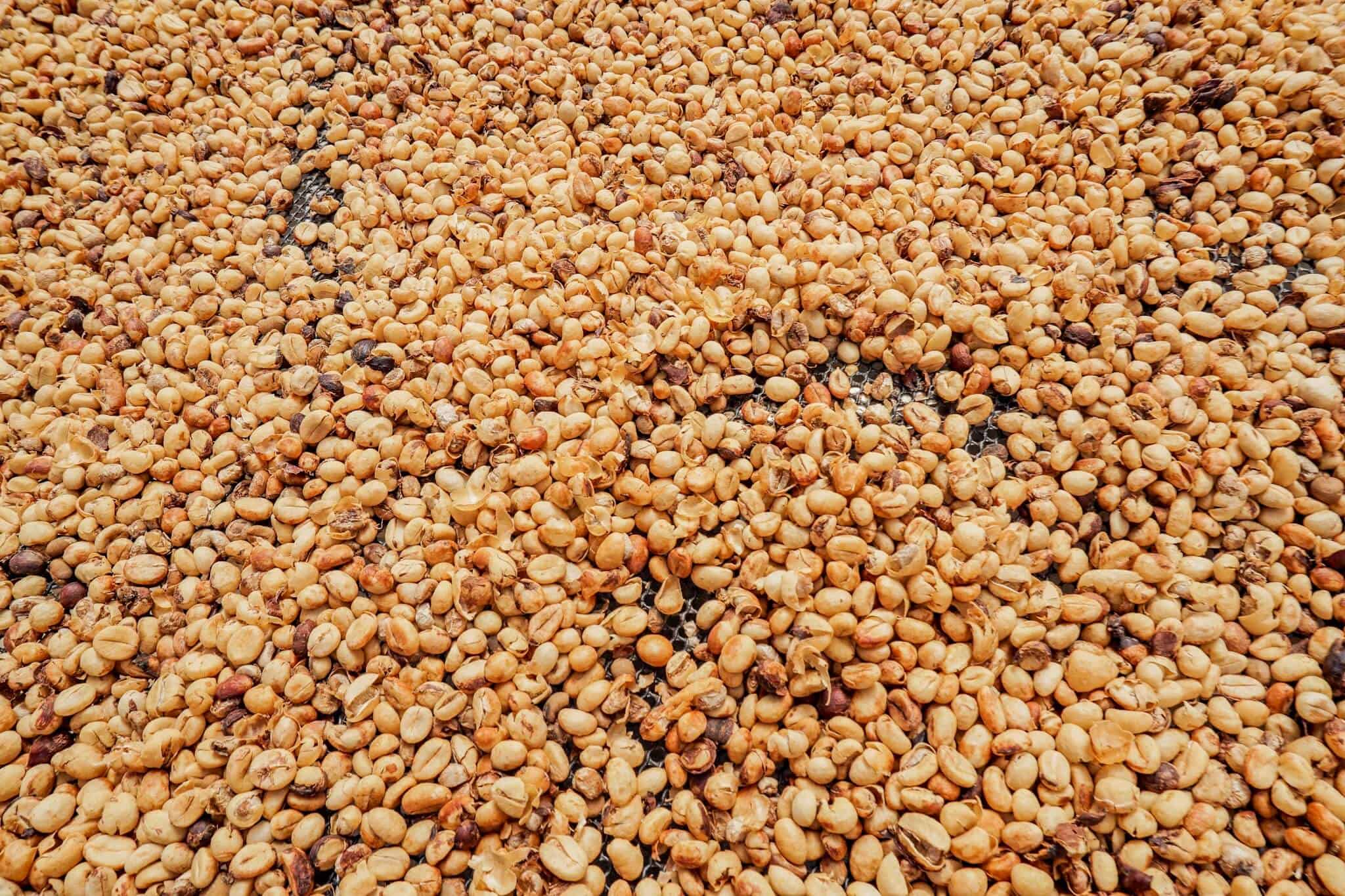
Chumphon – Islands, Beaches, And Snorkeling
Chumphon is a little paradise for you if you love lonely islands and white sandy beaches. Here you can snorkel or just relax in the sun in the sand.
Mu Koh Chumphon National Park
Mu Koh Chumphon is a national park consisting of about 40 very lush islands: Koh Ngam Yai, Koh Ngam Noi, La-Wa Island, and Lung-Ga-Jiw Island are the islands we have visited. The diverse landscape of each island makes the Marine Park unique, some have pristine white sandy beaches, others picturesque, though rough, rocks that rise dangerously and beautifully out of the water.
Between the rocks, you can sometimes spot wooden huts that give shelter to the park rangers. If you look closely, you can see one of these huts in the next picture. Among other things, these rangers are there to take care of the nests of the birds that hide in the crevices. Our guide explained that the birds build a new nest as soon as they are finished with the old one. So they are rarely used for nesting. As soon as an old nest is finished and abandoned, the rangers come and collect it. Attention, now it gets a little disgusting: From these nests, soup is made! the Bird’s Nest Soup is a delicacy of this region!
Here you can also snorkel. The rock islands are surrounded by coral reefs and offer a wonderful backdrop for the underwater world. Colorful fish cavort everywhere and come close to you. But be careful, because the water near the rock islands is often shallower than expected and you can easily be hurt.
Thung Wua Lan – Chumphon’s Most Beautiful Beach
Thung Wua Lan is not only a beautiful sandy beach it is also incredibly long, so you can surely find a place here that you will enjoy. One section has bars and restaurants to enjoy the view with a delicious coconut or Pad Thai.
As if it wasn’t enough to be at the most beautiful beach in the region, the weather (we were there at the beginning of the rainy season) and the sky rewarded us with a breathtaking rainbow.
Before I went to dinner, I had a closer look at this photogenic palm tree. Don’t you think that such crooked palms have their own charm?
Chumphon – The Mangroves
I remember very well the trip to the mangrove forest, which is also part of the Mu Ko Chumphon National Park mentioned above. I was already in some mangrove forests, but I liked this one best by far.
Maybe we were just lucky with the tides here, while I was unlucky at the other parks. Because it was low tide here and we could marvel at the rooting of the trees.
In the places where there was no water at all, we could see little crabs scurrying quickly into their holes as they noticed our presence. In the water, on the other hand, there were little water monitors, most of them just curiously showing their heads. But not only flora and fauna were exciting to look at, but also the background noise. It cracked and clicked at an incredible volume. Unfortunately, I don’t know which animals make these noises, but it was somehow magical.
And I would like to add one comment: After we had returned from our tour through the mangroves, I bought something to drink at a small kiosk at the entrance. Normally, in Thailand, you automatically get a plastic straw with your drinks. Not so here. With hands and feet the lady who sold me the drink made me understand that she apologizes, but she wouldn’t give out any more plastic straws. She gets a thumbs up from me and this extra mention in my blog post. I am happy about every Thai (and tourist) who helps to make my beloved Thailand more environmentally friendly!
Chumphon – Accommodation
We stayed at the Loft Mania Boutique Hotel in Chumphon.
Chumphon – Onwards Travel
If you’ve come from Bangkok, you’ll be able to make a wonderful journey from Chumphon to Ranong or further the south of the country.
- Ranong: Ranong is a province next to Chumphon that is great for exploring secluded beaches and relaxing in hot springs and spas. From there you can also easily travel on to Myanmar.
- Koh Samui: Koh Samui is not quite around the corner, but is quite easy to reach from Ranong. If you’ve never been there before, it might be a good idea to combine these destinations.
- Phuket: Also to Phuket it is still a good six-hour ride by car or bus from Ranong. Nevertheless, it is worth driving further south. The region around Phuket with Krabi and the islands Koh Lanta and Koh Phi Phi is a popular region with digital nomads.
Chumphon – Final Thoughts
I didn’t have Chumphon on my bucket list until I was invited on this trip. I must have traveled through several times because I was already twice in the south of Thailand and had taken a bus or train.
I am incredibly grateful that I got this insight into the traditional life of the Thais.
For digital nomads, I would recommend Chumphon for a stay of several days without hesitations. But be prepared that the internet here is not nearly as fast as in Chiang Mai. But if you want to take a few days off to snorkel and unwind and don’t want to spend a lot of time at one of the tourist spots, Chumphon is the perfect place.
PS: I was invited by TAT (Tourism Authority of Thailand) and Thai Airways to travel to Chumphon and Ranong. I did not receive any financial compensation. My opinion was not influenced by this collaboration.
The Chiang Mai Guide for Digital Nomads
Newsletter
Subscribe to my newsletter so I can keep you posted about my life of travels and as a digital nomad! You will never miss a new blog post, a new ebook or where my next adventure is going to bring us. Because it’s never going to be boring!







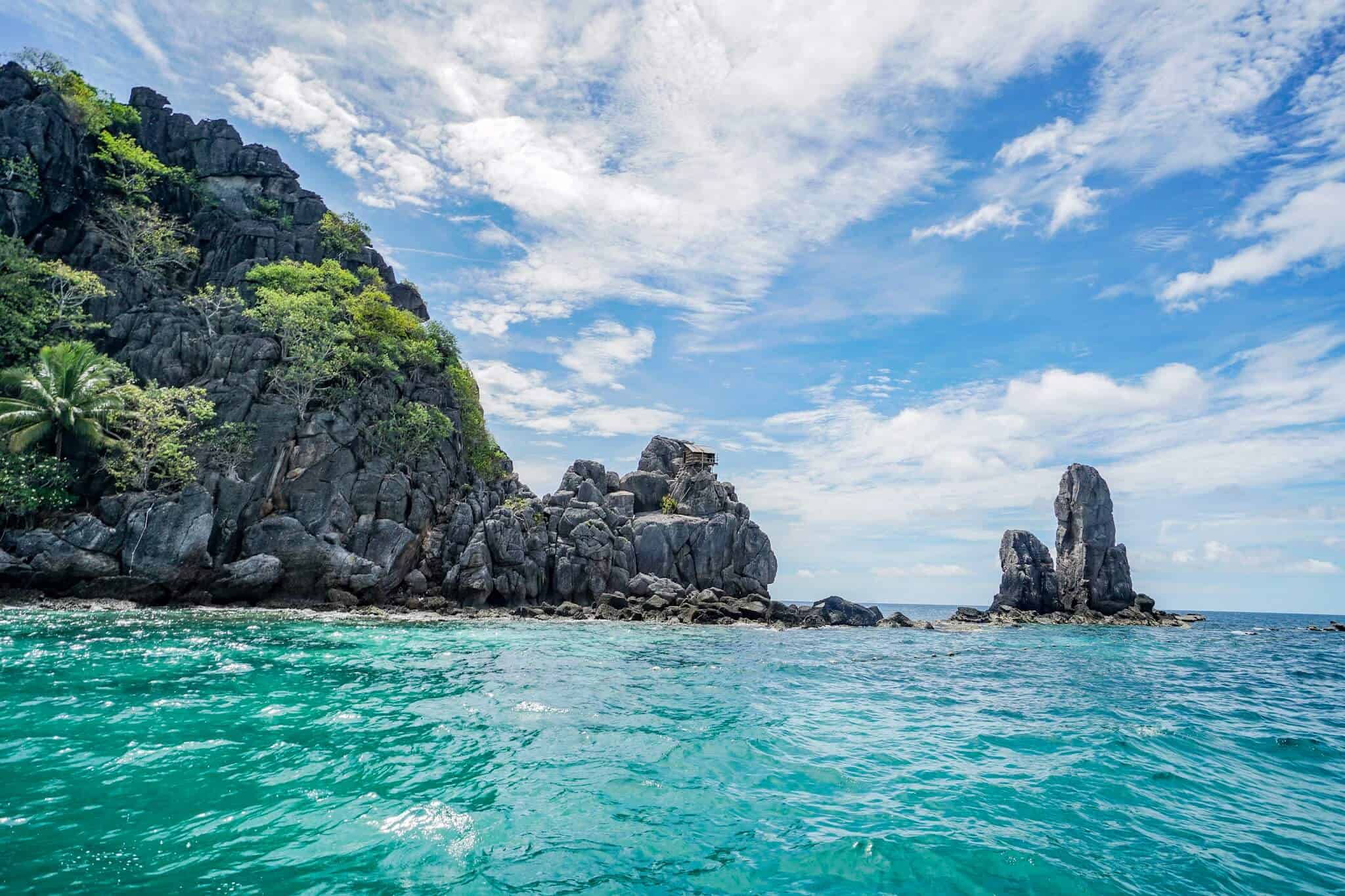



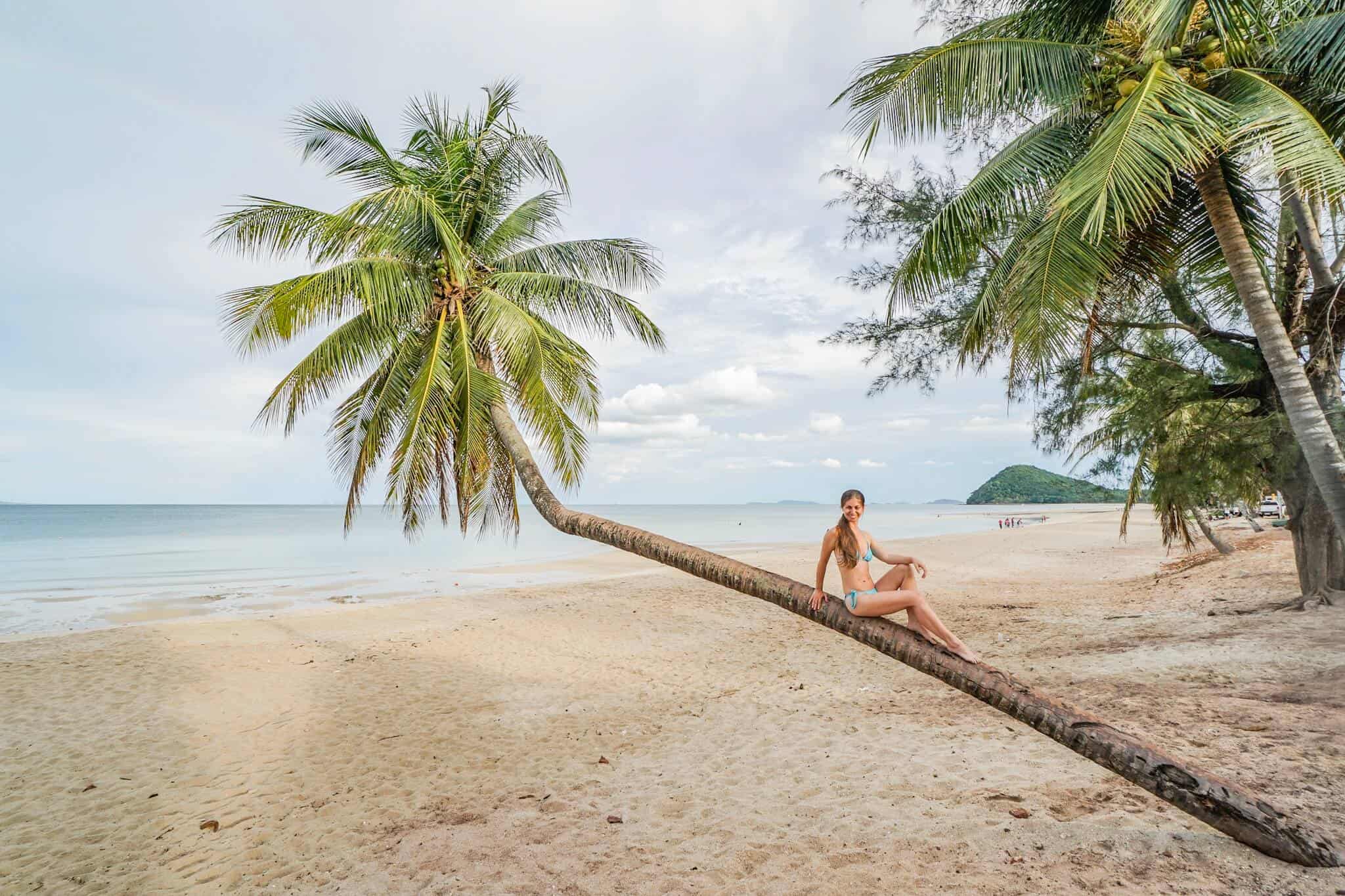




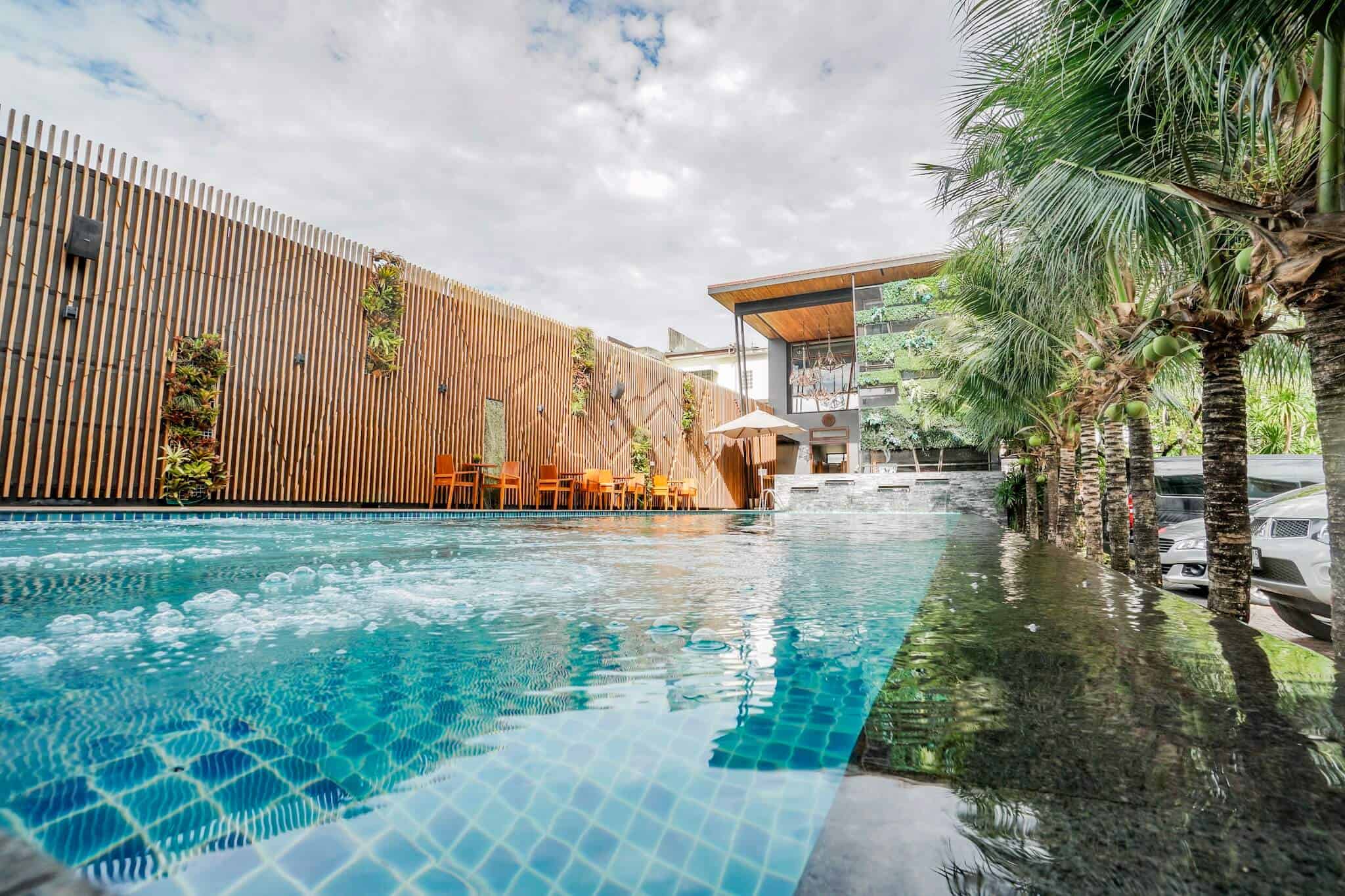



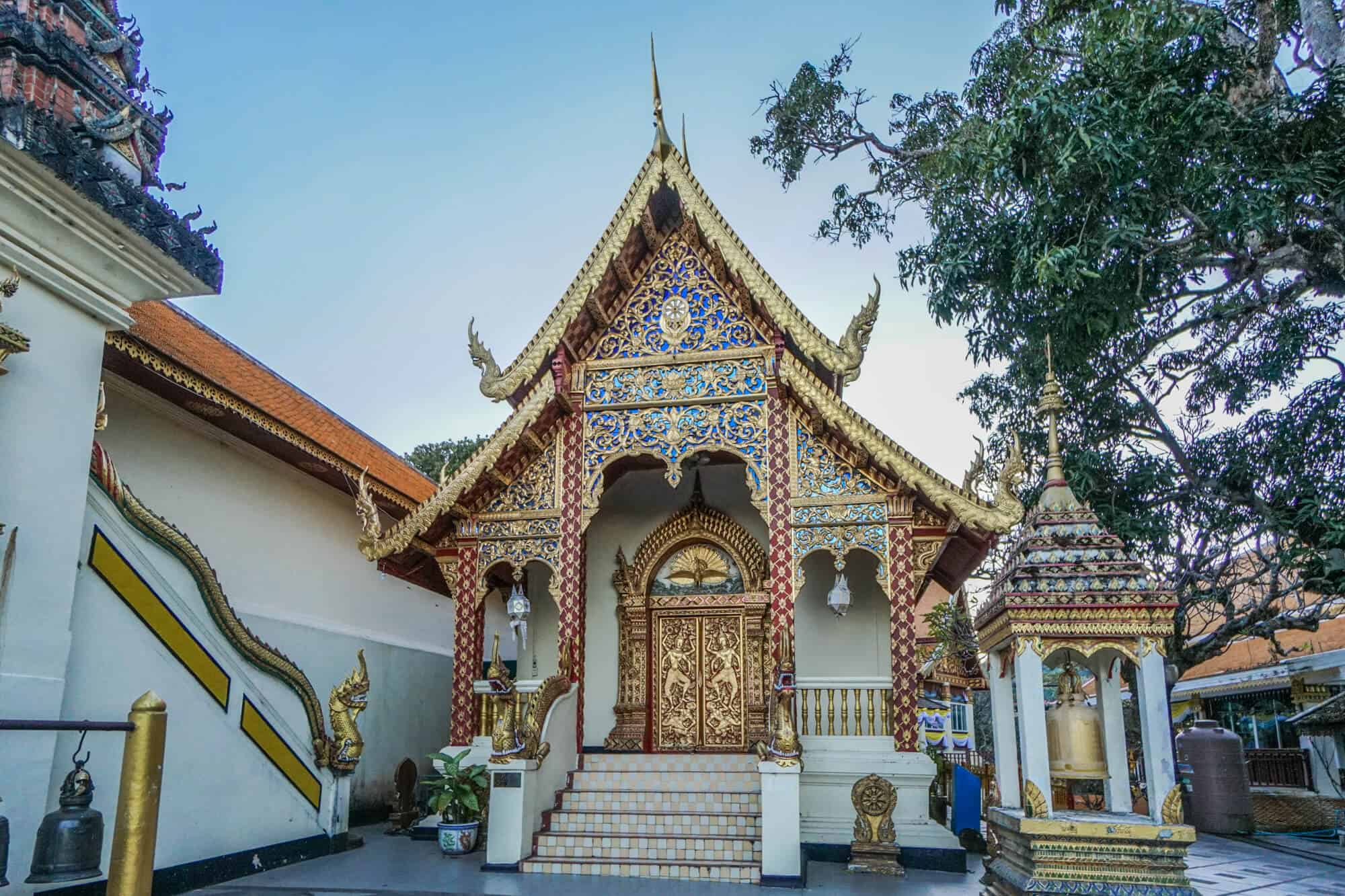


Wunderbar! 🙂
Vielen Dank 🙂